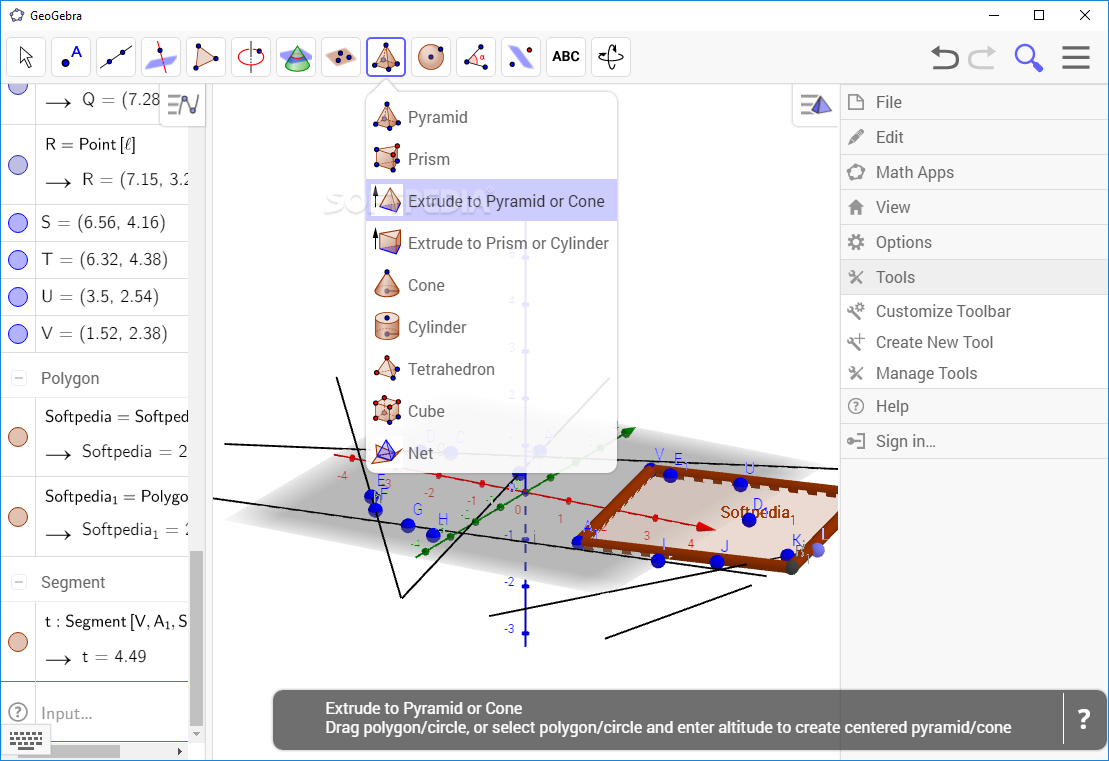
Lc.setLed(0,col,row,true) // turns on LED at col, row Lc.setIntensity(0,1) // sets brightness (0~15 possible values) Lc.shutdown(0,false) // turn off power saving, enables display the zero refers to the MAX7219 number, it is zero for 1 chip pin 12 is connected to the MAX7219 pin 1 I hooked it up exactly as shown above and ran this simple code: #include "LedControl.h" // need the library If you only ever want half that intensity, use a 22k instead (which will beneficially reduce your transient current requirement). Use a 10k and if it is too bright, use the Intensity register to wind it down. I have no idea what a nibble shift is, help!


You will just have to do a nybble shift and AND to combine the values for the two sets of rows.Ĭonnecting the rows is easy, I can just solder the rows of the 4x5 unit in line with the rows of the 4x8 for one lone 4x13 matrix. Just connect the second batch of columns to the first, and the second four rows to the other four rows of the one MAX. The rows 1-4 are hooked up to MAX pins 22 (SEG DG), 14 (SEG A), 16 (SEG B), and 20 (SEG C). It is hard to see, but I have 4x8 on the left and 4x5 on the right (total 4x13). Presently, you (presumably) have seven columns and four rows on the left hand side connected to one MAX, and six columns and four rows on the right hand side connected to the other MAX.
#MATRIX 6.0 EXE HOW TO#
Question: I am not sure how to find the voltage and forward current for my LED matrix.? if you have a 2V 20 mA LED, your resistor value will be 28kΩ (the values are in kΩ). You’ll need to know the voltage and forward current for your LED matrix or numeric display, then match the value on the table. Have a look at table eleven on page eleven of the data sheet: The MAX7219 is a constant-current LED driver, and the value of the resistor is used to set the current flow to the LEDs. The circuit is quite straight forward, except we have a resistor between 5V and MAX7219 pin 18. I am using two MAX7219s to control them as two 8x8 displays, but only the top 4 rows of each (I couldn't figure any other way to do it, is there a better way?). I have breadboarded the LED matrix (ignore colors, had to use what was available): I am finally getting around to building this. I have a very limited range I am testing for, maybe 50Hz, it would be easiest just to have each target frequency as a byte graphic. The bitmaps will just be used to display the target reference frequency or simple 'POWER ON' texts. You are absolutely correct: during testing the sketch will calculate for the errors and adjust each row's leds as needed. The goal is to get them all on green, or at least all match each other vertically (you could then adjust the target frequency to put them on green). There is only one reference frequency all 4 signals will test against. The sketch would calculate the 4 errors, work out which leds need to be set and set them.

I think you would not really use bitmaps for this. You describle showing the "error" in frequency of 4 signals versus 4 reference frequencies. This will mostly be used in testing/comparing/monitoring mode. I am willing to give up some legibility for simplicity. How would you display an "e" for example? His hex version says: byte smile(8) = Ĭan't see how you can show text on a 13x4 array. Binary would be much more convenient for designing patterns. This is my first time to work with multiplexing LED arrays.Īlso i do not see any advantage of using hex. You need to design them on a 13x4 grid, not 8x8, so i don't know if that app will be helpful to you.Įxactly, that was the point of this thread, although I am open to any input. When I press a button, it will overtake the monitoring and show the reference frequency. If it is off that row's LED will move left or right for lower/higher frequency (one LED per Hz). This is primarily used to monitor 4 frequencies to see if they match a reference frequency. Hi, what patterns and animations do you want to make?


 0 kommentar(er)
0 kommentar(er)
